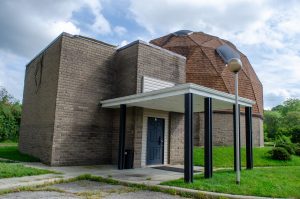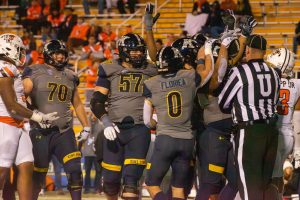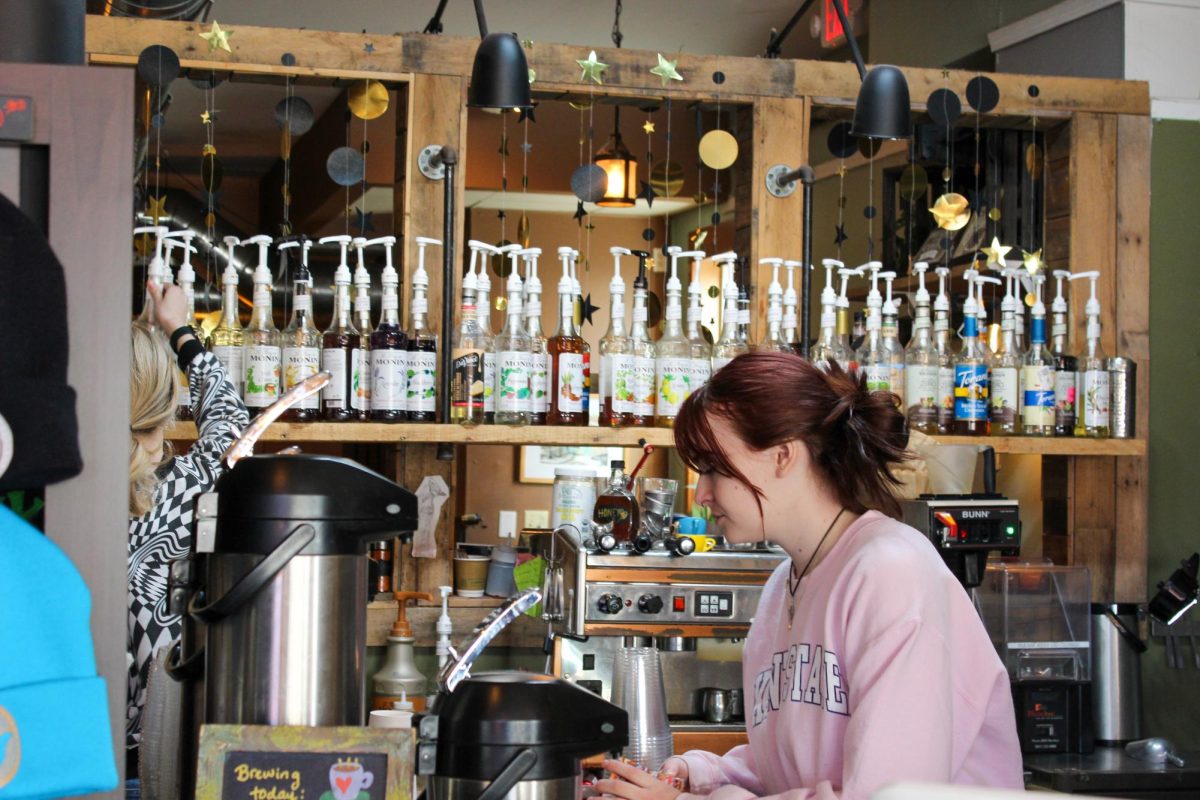Point/Counterpoint pt1
May 4, 2005
Connect the dots to conspiracy
Most accounts of the Kent State massacre conclude it was just a tragic accident. Reading between the lines of history indicates otherwise.
Most accounts only begin on April 30, when Nixon announced the U.S. invasion of Cambodia, which triggered a fresh wave of anti-war protests.
Fact is that the record shows Nixon had reason to hold a grudge against Kent State before 1970.
A radical campus environment had been growing at least since the 1968 advent of the campus chapter of Students for a Democratic Society, a national organization that drew considerable government investigation.
On Oct. 14, 1968, Nixon’s campaign speech at the University of Akron was repeatedly disrupted by Kent State’s SDS.
“(Nixon) also encountered a group of approximately 150 hecklers that began their jeering as soon as he approached the lectern and did not quiet down until Nixon left the stage,” reported the Daily Kent Stater the next day.
Referring to the SDS in the balcony, the Stater reported, “This latter group gave the candidate no peace as they continuously chanted such things as, ‘We want the truth,’ ‘law and order,’ ‘no justice’ and ‘Chicago.’ ”
The Jan. 21, 1969, Daily Kent Stater led with, “Hecklers Mar Nixon’s Day,” reporting that three Kent State SDS members were among those arrested along Nixon’s inaugural parade route. Notably, that day’s Akron Beacon Journal reported that the Kent State SDS was, “one of the most well-organized and militant groups in Washington for the anti-inaugural festivities.”
The Kent State SDS was stripped of its charter as a student group on April 8, 1969, after a confrontation with the university over SDS demands. Yet Uncle Sam was still so concerned about the Kent State SDS that the U.S. House of Representatives’ Committee on Internal Security actually conducted hearings in June 1969 concerning Kent State SDS activities during the 1968-69 school year!
Connect the dots. Gov. James Rhodes initially denied speaking with the White House in the week preceding May 4. But in 1975 testimony, Rhodes admitted he did speak with the White House that week.
The suspicious burning of the ROTC building on May 2, the event that gave Rhodes reason to call in the National Guard, has the markings of a “Reichstag fire” set by agents provocateur. Numerous student attempts to burn it failed. Only later, after most of them had disbursed, did it burn.
The Aug. 8, 1973, Akron Beacon Journal published an interview with Kent State police detective Tom Kelley, in which Kelley admitted speaking with an NBC camera crew on the afternoon of May 2 as they were preparing to leave campus. Kelley told them, “Don’t pack your cameras, we are going to have a fire tonight.”
And the members of the Troop G firing squad that shot four dead weren’t green rookies — they were the unit that U.S. Senator Stephen Young called “trigger happy” after they were sent to snuff race riots in the Hough and Glenville areas of Cleveland in 1965-66.
Connect the dots. Kent State still owes Uncle Sam pay back for the conspiracy of May 4 — not with violence, but by stirring up revolution against a government tyranny that has only grown exponentially under the current regime.
Greg M. Schwartz is a graduate student in journalism and a columnist for the Daily Kent Stater. Contact him at [email protected].














